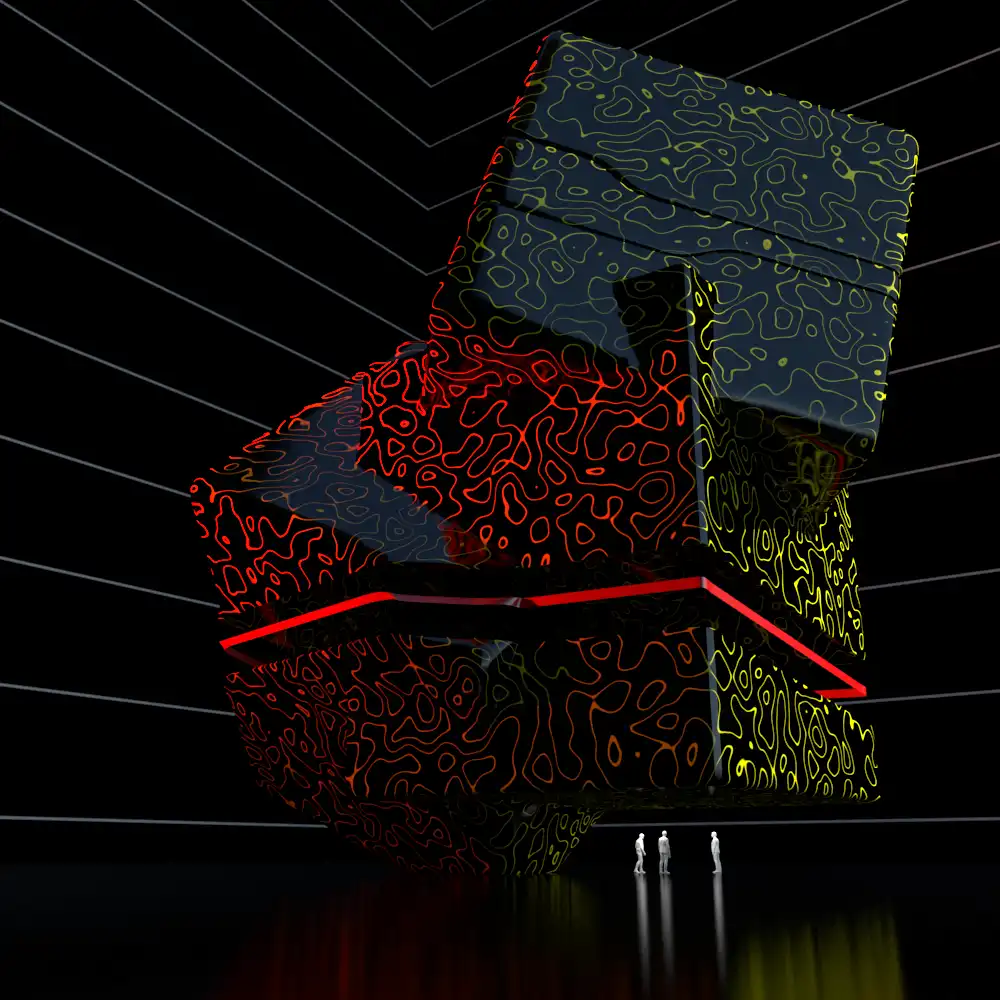This workshop delves into parametric design, emphasizing the creation of architectural follies through advanced tools and techniques.

This course is a sequel to Architectural Follies. During the course, we will explore the emotional response, also known as “Affect,” of folly within the context of Parametric Design (intellect). Parametric design is a powerful approach that combines mathematical algorithms, computational tools, and creative intuition to generate complex and dynamic architectural forms. In the Architectural Follies 2.0 workshop, we will explore how parametric design influences our perception of architectural follies by examining the interplay between intellect and emotion. Key Topics:1. Introduction to Parametric Design: Understanding the principles and techniques behind parametric design.
Exploring case studies of iconic parametric architectural projects 2. Emotional Impact of Follies: Analyzing the emotional responses evoked by architectural follies. Discussing the role of aesthetics, symbolism, and context in shaping affect.3. Parametric Tools and Techniques: Hands-on exploration of MAYA software. Creating parametric designs that elicit specific emotional reactions.4. Case Studies and Critiques: Reviewing existing folly designs through the lens of affect. Engaging in critical discussions about the emotional impact of architectural interventions.5. Design Studio Projects: Applying parametric principles to design your folly. Considering both intellectual rigor and emotional resonance in your design process.
This workshop delves into the emotional response within parametric design, focusing on creating architectural follies. Through theoretical discussions and practical exercises, participants will explore the interplay between intellect and emotion in architectural design. Key topics include:
Inspirational ImagesChoose a series of inspirational images that exhibit “structural” qualities. Look beyond architecture—consider patterns, textures, and connections. These images will serve as touchstones for your folly’s development. Applied Texture: Imagine bodies (geometry) connecting and dissimulating through intricate patterns and textures. How can you create a sense of both separation and unity? Applied Geometry: Extend, interlock, and engage bodies within your folly.
Blend, twist, mesh, and boolean geometric forms to achieve unexpected compositions. Structural Innovation Your folly’s structural design must break free from off-the-shelf components. Avoid prefabricated trusses and standardized assemblies. Instead, delve into the root material and geometrical properties of architectural structures. Design your own structural space—one that defies conventions.ScalelessnessThink beyond traditional scales (S | M | L).
Embrace a scaleless conception. Maya, our chosen software, alters our perception of scale. Let the architectural problem dictate the appropriate scale for your folly. Strategic ApproachesRepetition | Multiplication | Mutation: Explore cellular logic. Radicalize your project by manipulating units. Use repetition, multiplication, and mutation to create dynamic architectural systems. Formal Systems: The design of your folly extends beyond its physical form. Consider the formal systems it embodies—the architectural physiology. How do these systems interact with space, movement, and emotion? Recipe for Your FollyMethodology: Blend STRUCTURE, SKIN, and MASS.
Structure provides organization, skin defines surfaces, and massing shapes the composition. Digital Materiality: Play with HARD BODIES (rigid elements) and SOFT BODIES (fluid, deformable elements). Explore textures, behaviors, and material expressions. Ground: Situate your folly within an existing or fictional site. Consider context, topography, and interaction with the ground. Personal AestheticsFormal Characteristics: Address formal qualities intentionally.
How will they influence the perception of your folly? Spatial Experience: Remember that design shapes experience. How you design the space affects how it will be used and felt. Ornamental Consciousness: Consciously consider how the body perceives your architectural object. Ornamentation isn’t just decoration—it’s an embodied experience. Interiorities and Cavities: Explore the interplay of solid and void. How do interior spaces interact with external forms? The charm of a folly lies in its delightful absurdity and ability to provoke thought and emotion without practical function.
No comments found.